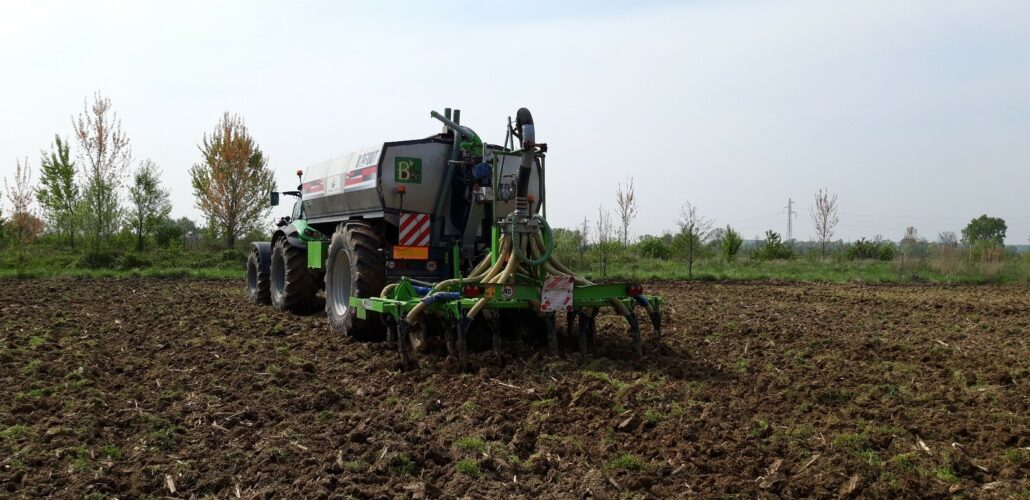Testing digestate as a fertilizer on maize crops

As part of the SYSTEMIC project in Italy, the University of Milan and the company Acqua & Sole are testing the use of digestate as a fertilizer on maize crops. The trial uses digestate and ammonium sulphate produced by the anaerobic digestion plant owned by Acqua & Sole, in comparison with parallel tests carried out using urea or no fertilization.
At the moment, the third year of experimentation is ongoing. The results obtained for the first two years were generally very positive. Following fertilization with digestate and ammonium sulphate, the main chemical characteristics of the soil (such as pH, CEC, available phosphorus, organic carbon, and C/N ratio) remained unchanged compared to the initial conditions. More in-depth investigations are planned for the end of the third year, such as fractionations of carbon and phosphorus, NMR and quantification of the concentrations of organic pollutants, which will provide important information on the effect of digestate use on the soil.
One of the most important parts of the work is focused on the risks of environmental impact, especially the risk of nitrate leaching that can pollute groundwater, the effect on soil microbial communities, and the emission of ammonia and greenhouse gases (N2O, CO2 and NH4) after fertilization. As regards the nitrate leaching, measurements of the nitrate concentration in the soil were carried out at a depth of one meter below the experimental fields for the entire duration of the agronomic seasons. The concentrations detected were always in line with those measured at the same depth in uncultivated soils, demonstrating that the use of digestate, within the limits established by law, does not cause a release of nitrates in such amounts as to reach the groundwater. Even the N-cycle related microbial populations of the soil, quantified for the entire duration of the agronomic seasons, remained always in line with those of soils fertilized with urea. This shows that the use of digestate and ammonium sulphate did not have a negative effect on the biotic component of the soil. Furthermore, as regards the emission of both ammonia and greenhouse gases, the data obtained during three years of experimentation indicate that on average the emissions measured following the use of digestate were perfectly comparable to those measured following use of urea (dosed in the same amounts). Also the odour emissions produced by fertilization with digestate through injection into the soil were comparable with those produced using urea.
Finally, the agronomic performances obtained with the use of digestate were measured by quantifying the grain produced. Also in this case the productions obtained from maize fertilized with digestate and ammonium sulphate were perfectly comparable with those obtained using urea in the same amounts.
In conclusion, the experimentation in Italy is demonstrating that the products of anaerobic digestion can totally replace mineral N fertilizers, without risk of degradation for the soil and the environment, and without decreasing production.



